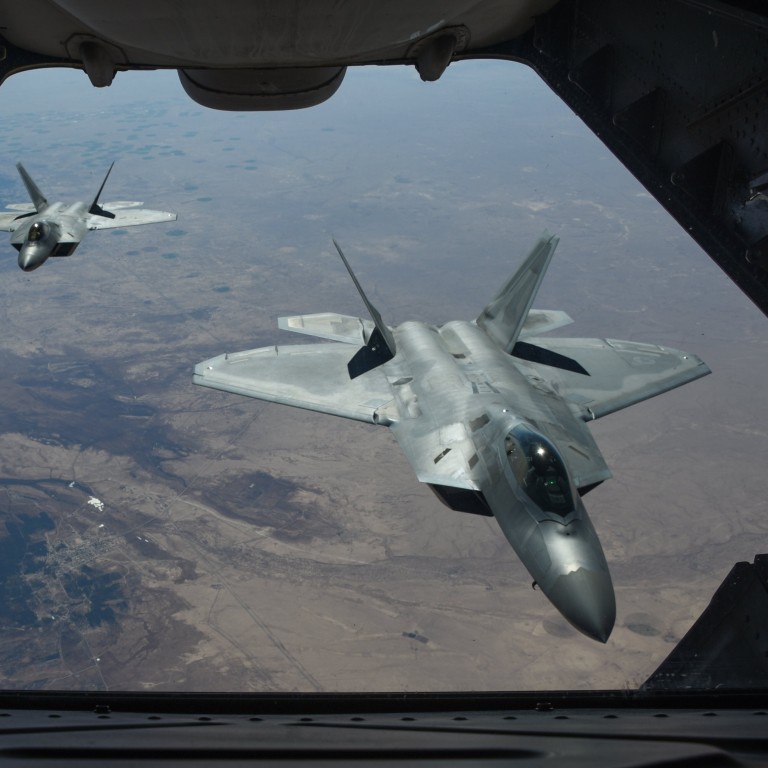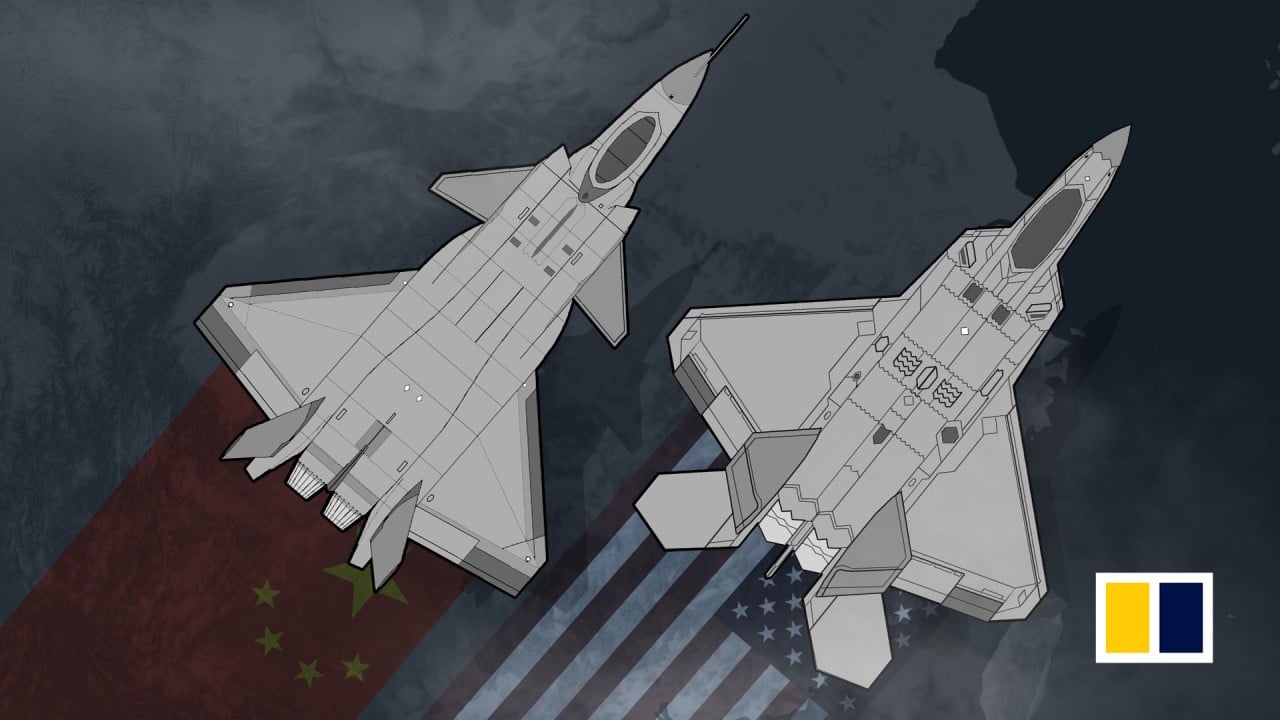
China trails as US sixth-generation jet project gets airborne
- The US Air Force says it has built and flown a prototype to replace its ageing fleet of fifth-generation F-22s and F-35s
- The Chinese military may have its own ready by 2030 but it’s still to early too compare, analyst says
The US Air Force said last week that a full-scale demonstration model built as part of its Next Generation Air Dominance (NGAD) project “has already flown in the physical world”.
The fighter is one of at least two sixth-generation jets being developed by US contractors to maintain the USAF’s technological edge, according to the Air Superiority 2030 Flight Plan released in 2016.
Hong Kong-based military commentator Song Zhongping said each country was exploring features for the new generation of fighters and it was still too early to compare them.

02:32
Washington’s hardened position on Beijing’s claims in South China Sea heightens US-China tensions
Song also said it was not a surprise that the USAF had made some progress on the fighters.
“In fact, it would be a surprise if they still had not,” he said. “Especially as it’s been decades since their fifth-generation fighters were completed.”
The US has two fifth-generation fighters in service: the Lockheed Martin F-22 and F-35, both with stealth, supersonic cruise, super manoeuvrability and superior avionics.
China air force plays up J-20 stealth strength as Taiwan tensions brew
The F-22 had its maiden flight in 1997 and officially entered service in 2005. The F-35’s first flight was in 2006 and its introduction in 2015.
High costs meant the production of the F-22 ended in 2009 after 187 planes. The F-35s are still in production.

01:48
Powerful Dragon v Raptor: how China’s J-20 stealth fighters compare with America’s F-22s
Wang Haifeng, chief designer of Chengdu Aircraft Industry Group, which makes the J-20, confirmed earlier that China had started working on its next-generation fighter.
“We have chosen and supplemented some technological features in line with various war scenarios,” Wang said.
“I believe in 2035 or earlier you will see these efforts translated into powerful weapons to defend our airspace.”
The features of the future jets are still unknown but Wang said the aircraft could involve application of artificial intelligence, extreme stealth and omnidirectional detection. He also mentioned laser weapons, self-adapting engines and hypersonic weapons as technologies that had potential to change the future of warfare.
China unveils two-seater design for stealth plane based on J-20 fighter
Besides the US and China, Russia is at work on a sixth-generation combat plane, testing some of its technologies on the fifth-generation Su-57. Earlier this month, Rostec Aviation Cluster said the Mikoyan and Sukhoi design bureaus would work jointly on this project.
A model of the Franco-German Future Combat Air System by Dassault and Airbus was also on display at last year’s Paris Air Show, with its maiden flight set for 2026. The British sixth-generation fighter Tempest by BAE reportedly had a wind tunnel test in August and is expected to be ready by 2035.

